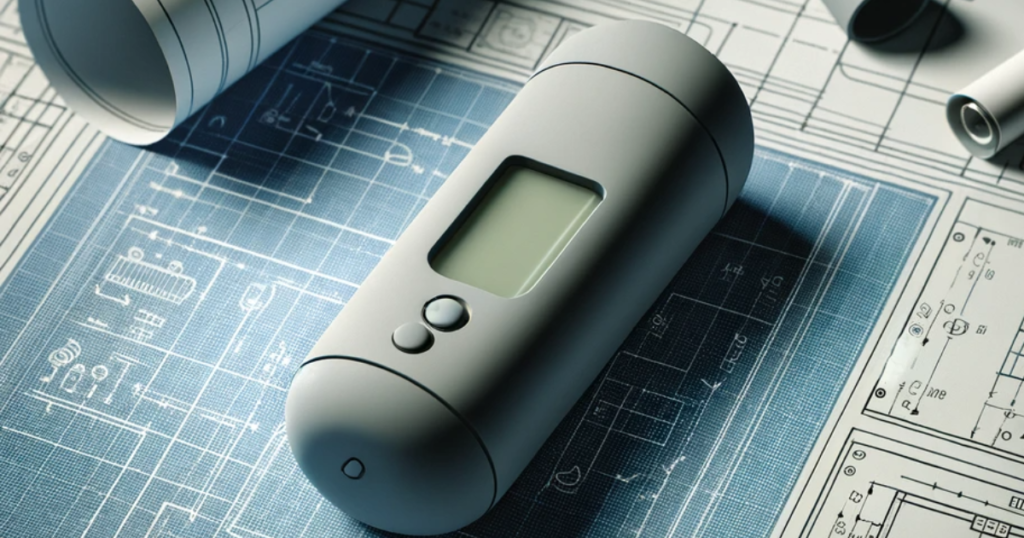Turning someone else’s creative vision into a functional product is a specialty of outsourced engineering teams. This journey involves in-depth analysis, adapting to the unique requirements of the client’s idea, and ensuring the final design is both technically viable and cost-effective.
Continue reading to discover why understanding the steps involved in this process is essential for anyone looking to bring their concept to life through production, and how outsourced engineers skillfully navigate this transformation.

Discovery
- Understanding the Idea in Detail
An essential initial step is engaging deeply with the person who conceived the idea. It’s crucial to document every detail regarding the product’s intended function, target users, operating environment, size, aesthetic design, and any special visual features.
Equally important is assessing the financial aspect of the project. A common pitfall is underestimating costs, particularly in terms of production scale and tooling budget. This financial evaluation plays a pivotal role in determining suitable materials and manufacturing methods.
Additionally, outlining and recording all product requirements is fundamental, as this will steer the development process at every stage, ensuring alignment with the original vision and practical feasibility.
- Feasibility and Technology Assessment
Before focusing on the design, assess if the current technology can support the making of the product. Identify any unique processes required, this will limit where the product can be manufactured and could add restrictions to the design process.
It’s also important to evaluate the realism of the physical constraints. Is there a size requirement or limitation (e.g. not too big) or weight restriction (not too heavy) or does it need to operate at extreme high or low temperatures or high humidity environments?
Ensure that the product can be manufactured within the desired budget. This stage may require revisiting the initial idea to align expectations with practical possibilities.
Design
- Floor Planning and Design Layout
Once feasibility is confirmed, begin floor planning the product. Allocate space for each subsystem or component and define the necessary electronics to achieve the desired function.
Create a general layout and make adjustments to make sure everything fits within the defined space. Detail each subsystem or component, examining how they interact and ensuring that the design avoids unnecessary tolerance stack-up. Define mounting provisions and continually refine the design, simplifying where possible.
- Creating a Mockup
The next step is to create a physical and partially functional mockup of the design. Utilize tools like 3D printing and evaluation boards to make it interactive. The mockup will help assess aspects like the product’s strength, cooling needs, and overall functionality.
For complex systems that are based off existing products, modifying the product to incorporate your design would both provide insight about the design and communicate your vision for the product.

Testing and Analysis
- Analysis and Adjustments
Numerous analyses can be performed during the hardware development process. These analyses are critical for ensuring the functionality, safety, and reliability of the product. Here are some key types:
- Structural Analysis: Evaluating the physical strength and rigidity of the product under various conditions. This includes both Static Analysis (examining the product under stationary conditions to understand how it behaves under constant loads, stresses, or environmental conditions) and Dynamic Analysis (assessing the product’s performance under conditions of motion or changing loads, including the analysis of moving parts, varying forces, and time-varying environmental conditions).
- Material Analysis: Examining the materials used for compatibility, durability, and safety.
- Cost Analysis: Evaluating the cost implications of different design choices.
- Manufacturability Analysis: Assessing how easily the product can be manufactured.
Each of these analyses plays a specific role in shaping the final product, helping to ensure that it meets the necessary specifications, performs reliably, and is safe for the user and the environment.
Once complete the analysis can be used to design the product enough to make a prototype.
- Testing and Iteration
The most crucial step is testing. Testing helps to identify weaknesses that couldn’t have been anticipated as well as confirm the product is designed to meet the requirements. It informs the design direction and helps to answer questions that were not known until it was designed and tested.
There WILL be iterations, especially at this early stage in the design process. Use them intentionally and it will propel development forward. Be prepared to repeat the process: Design>Test>Analyze>Repeat…… until the product meets the requirements.
Finalizing the Transformation from Idea to Product
Transforming a creative vision into a functional product is a multi-faceted journey that blends art with engineering. It begins with a deep understanding of the original idea, assessing its feasibility, and meticulously planning its design.
This process requires constant evaluation and refinement, from detailed floor planning to creating mockups and rigorous testing. The cycle of design, analysis, and testing is repeated relentlessly, each iteration bringing the concept closer to reality.
Outsourced engineering teams play a crucial role in navigating these complexities, ensuring that the final product not only aligns with the client’s vision but also meets practical and financial constraints. Their expertise in turning visions into blueprints is what bridges the gap between dream and reality, making the journey of product development a successful and rewarding endeavor.
